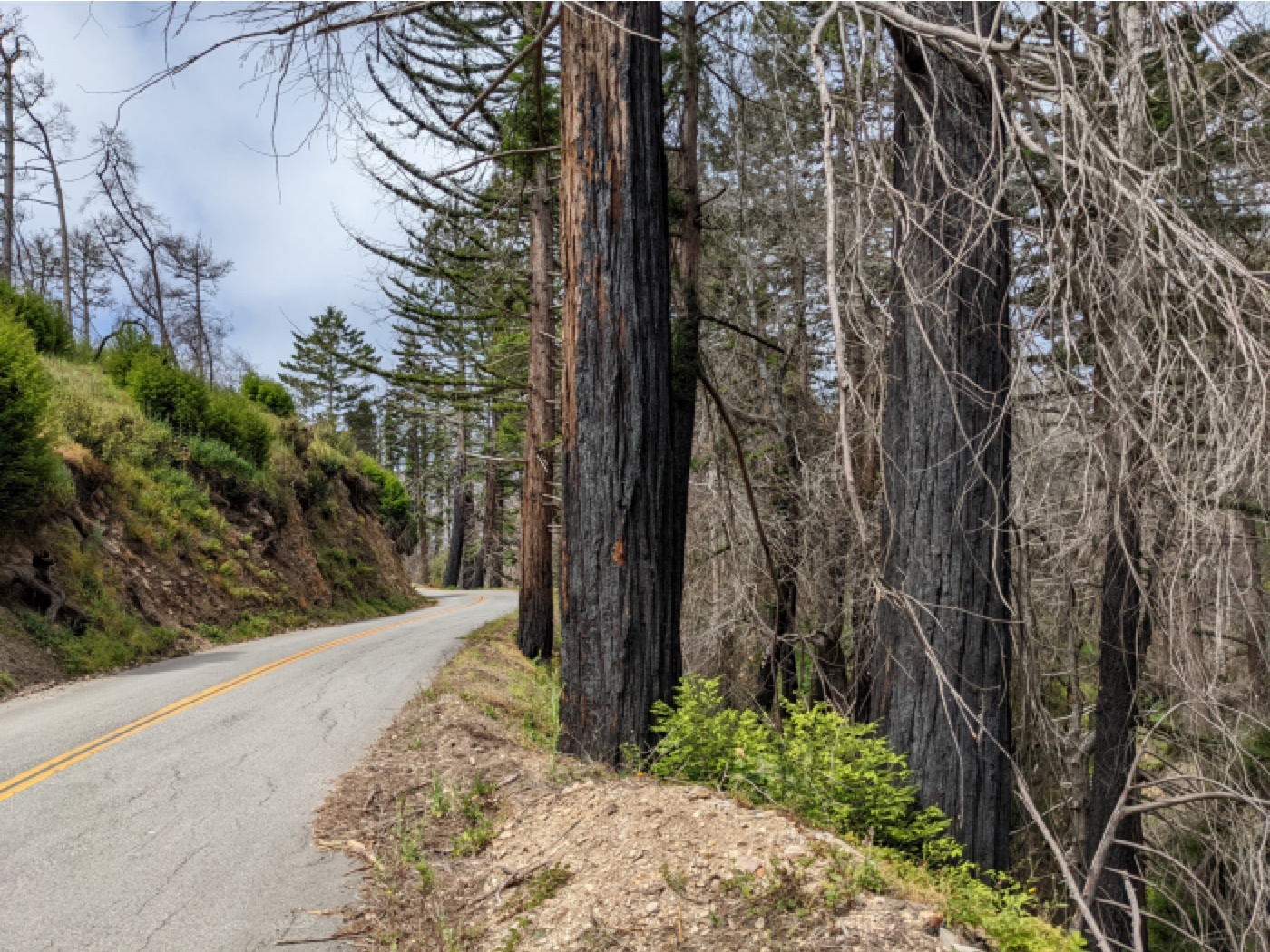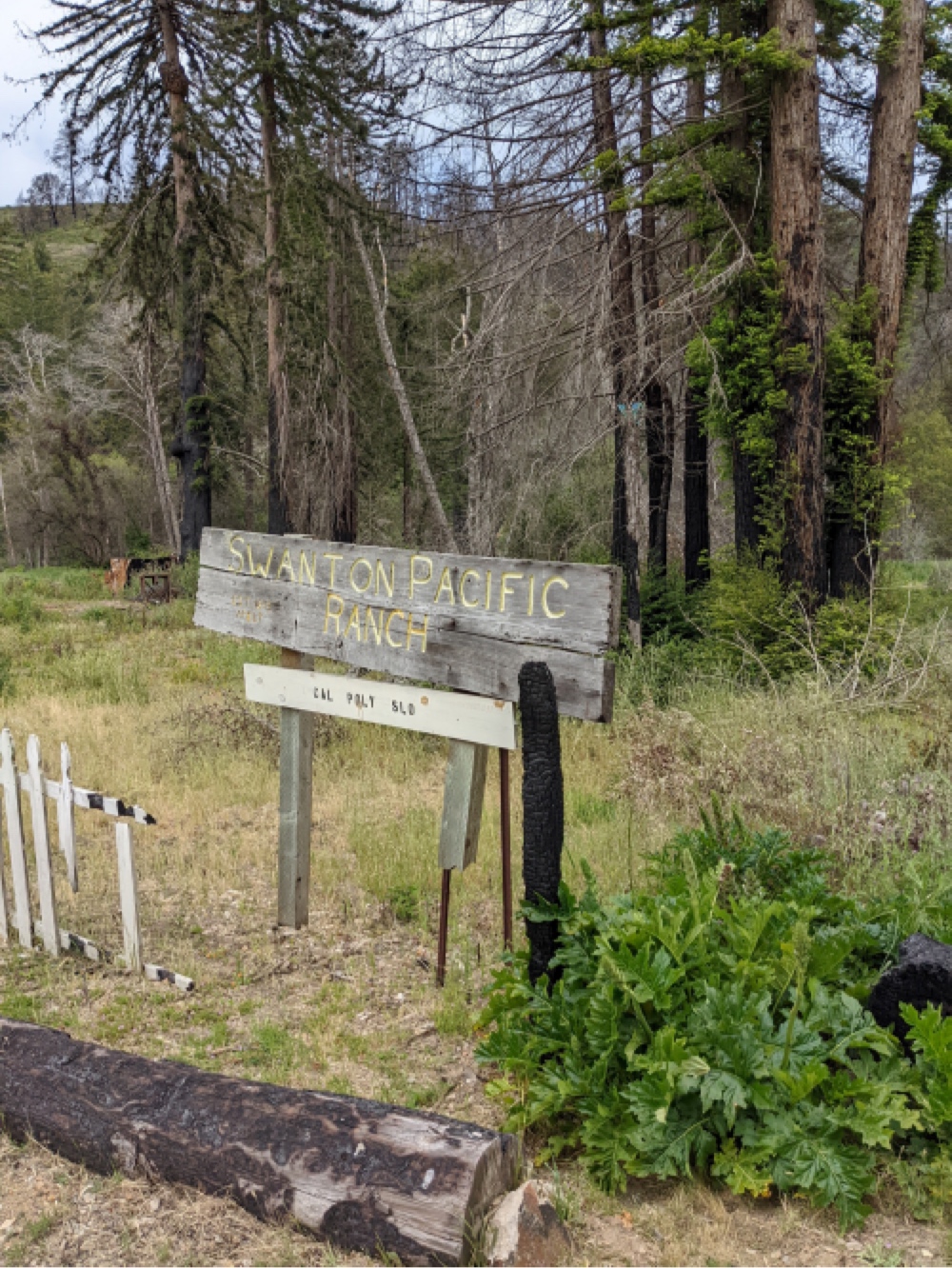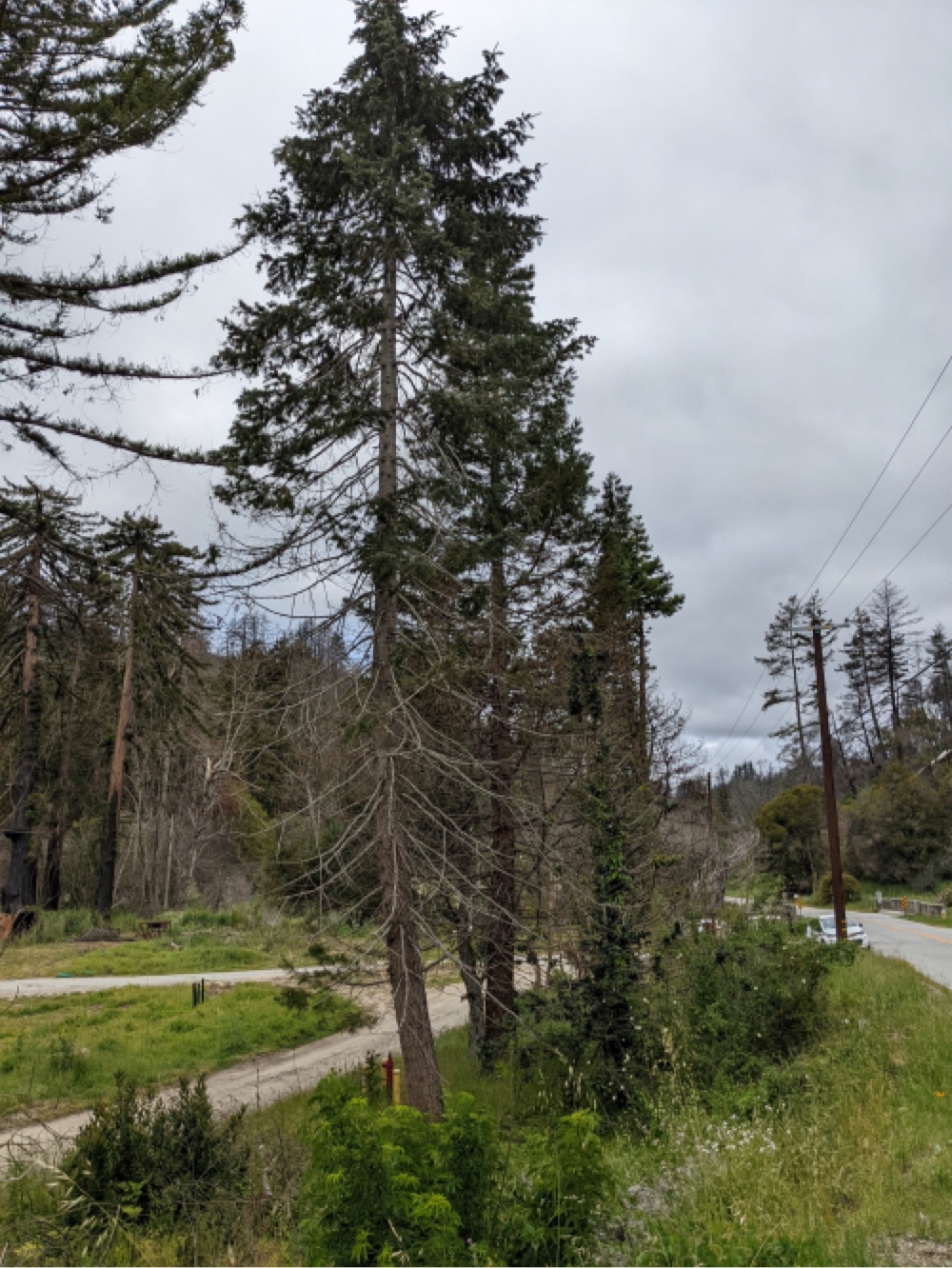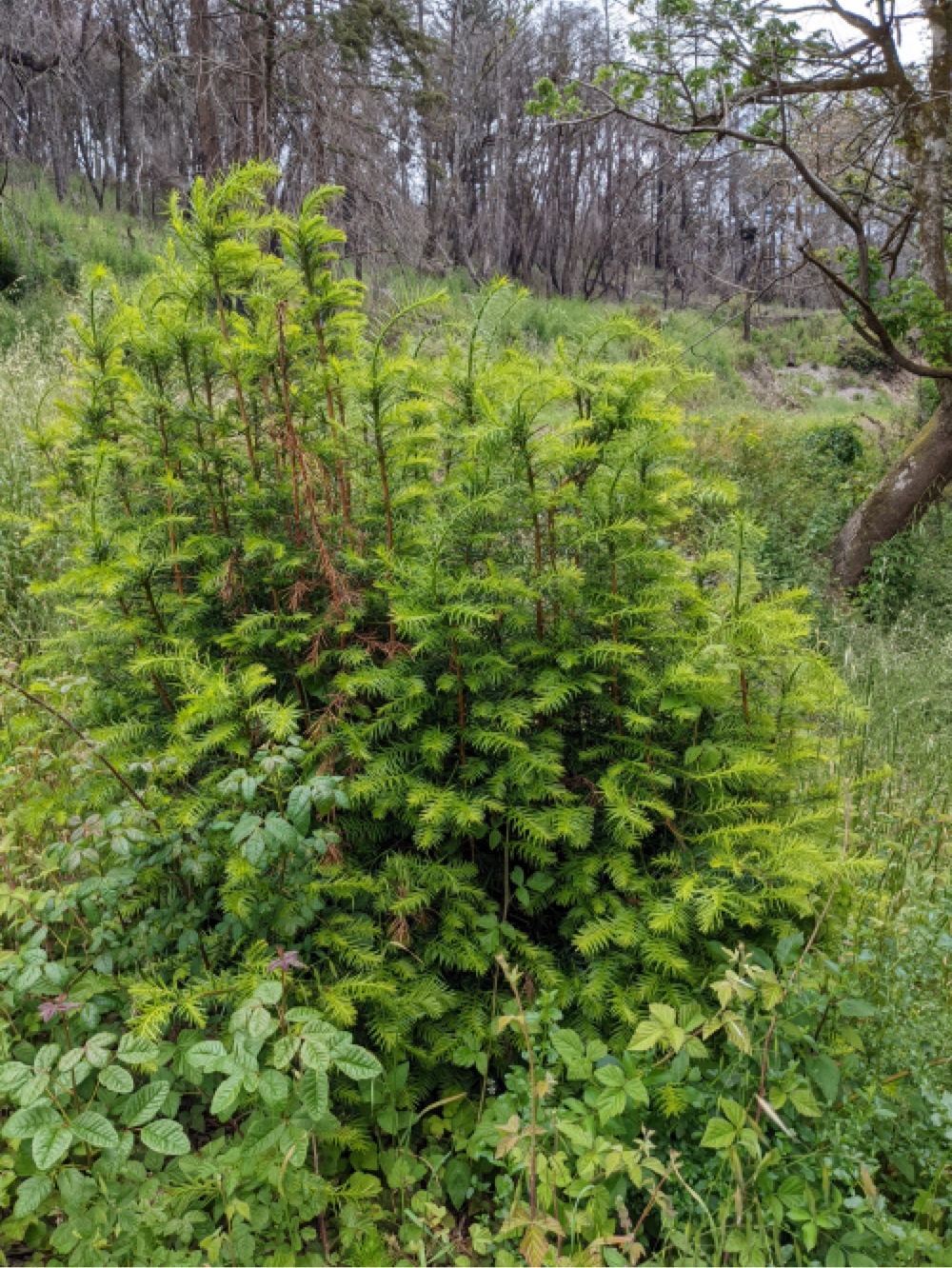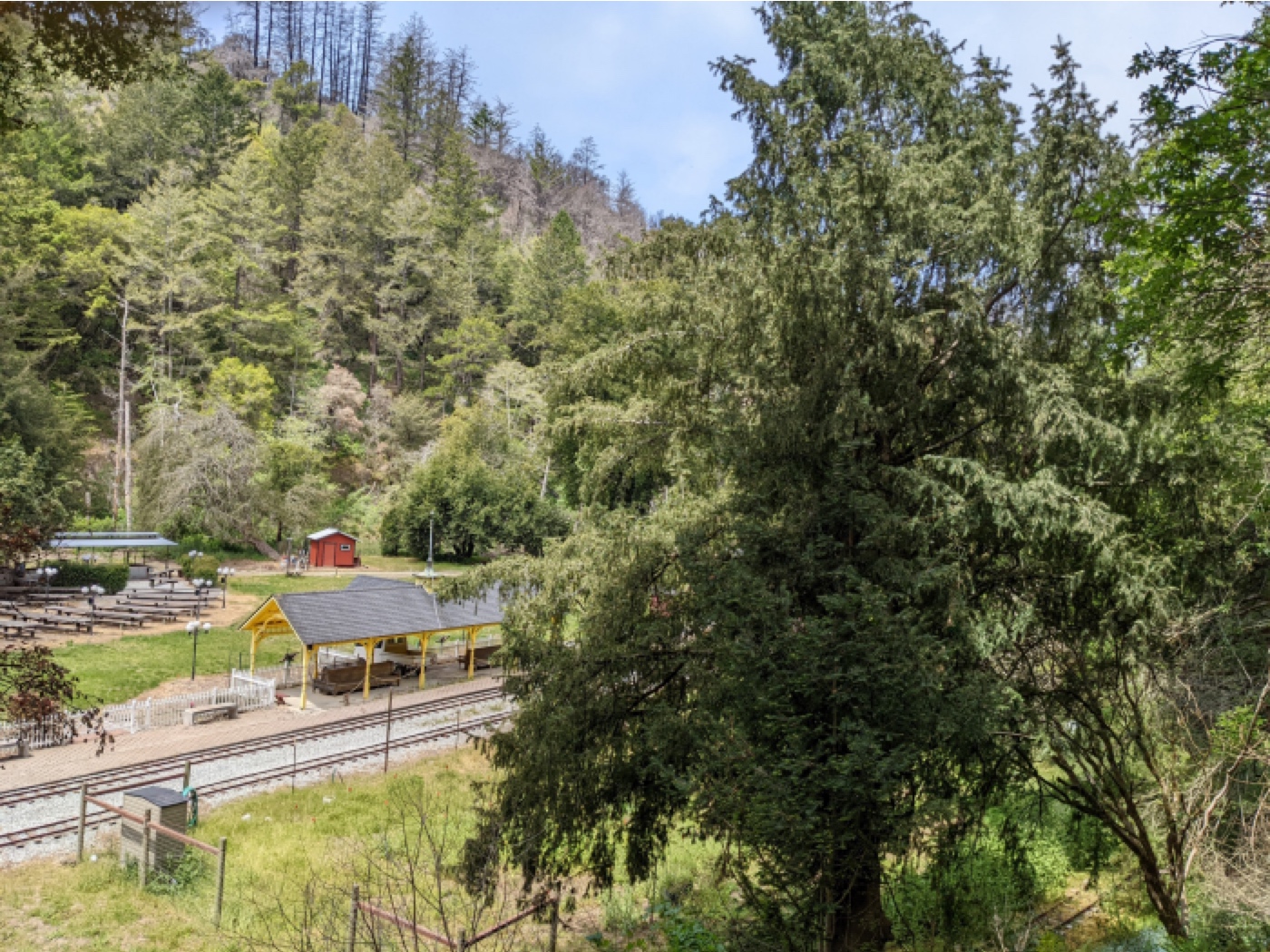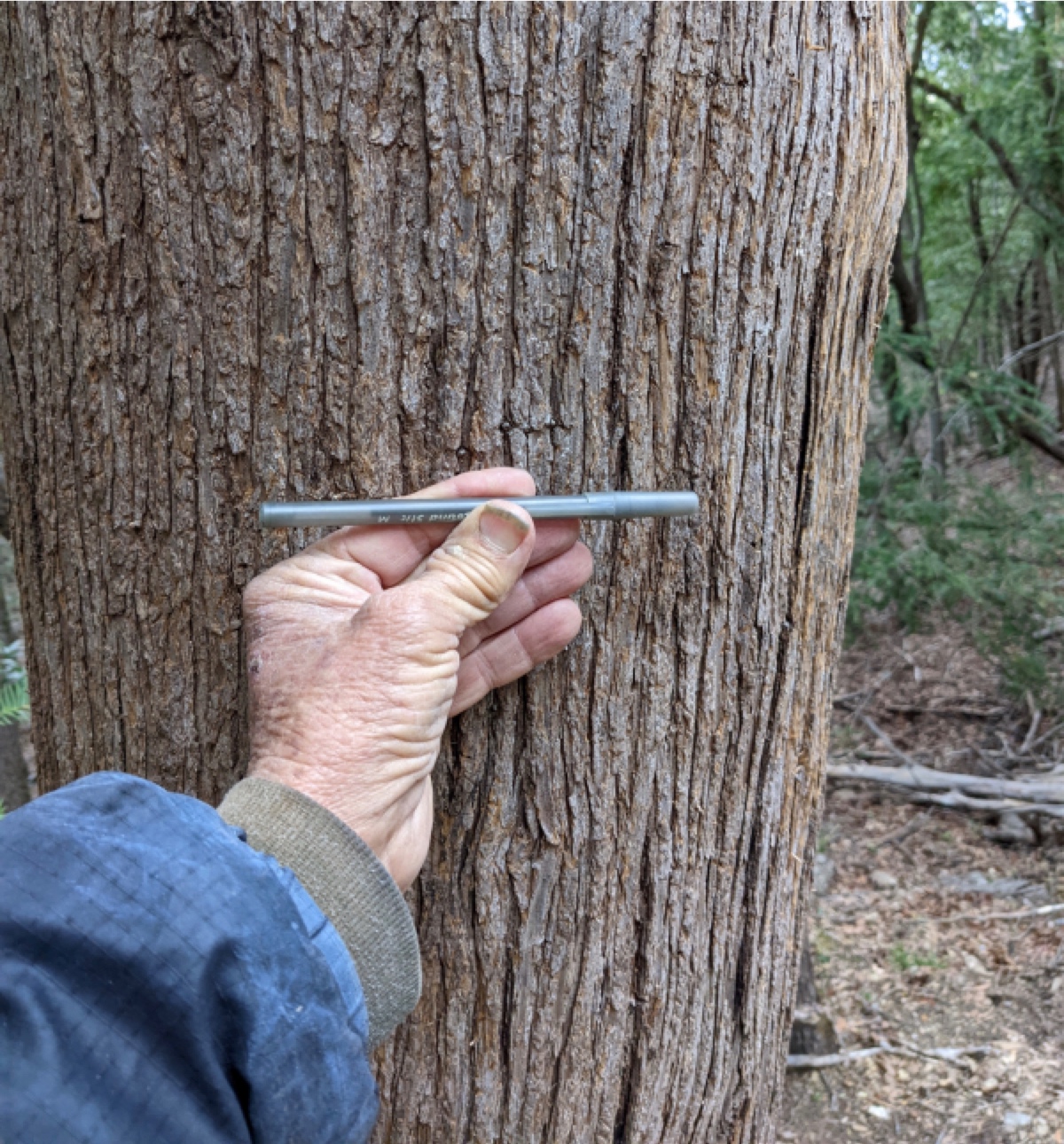near Los Gatos and San Jose
by Don Thomas (beginning in 2022)
|
• FEBRUARY & APRIL 2022 by Don Thomas (emails to Connie Barlow)
I am convinced that they need assisted migration to a more favorable climate, such as that in the Pacific Northwest.
I would like to join the Torreya Guardians, if possible. I could collect torreya fruits and send them to others living farther north to plant and test for adaptability.
I am concerned about the future of the California nutmeg, though it is not as imperiled as the eastern species. I know you have been to central California and have seen it near where I live near San Jose in the hills above Los Gatos and in Swanton on the coast. I have been trying to visit nearby torreya stands to learn about their status. It grows naturally within 5 miles of my house in Montalvo County Park and in Stevens Creek County Park. In each place it is growing on a steep north-facing slope next to a creek, and there are only a few trees, with only a couple of seedlings present.
I am also concerned about the future of coast redwood near me in the southern part of its range. I found the videos showing it naturalizing in Washington State near Puget Sound very encouraging. You have probably heard about the CZU fire and the devastating effect it had on the old-growth redwood forest in Big Basin State Park. I am convinced that assisted migration will be critical to the long-term survival of coast redwood with climate change.
I discovered that the CZU fire (of 2020) had swept through the area. It killed many trees, possibly including torreyas.
However, though many of the trunks of redwoods were charred, foliage was re-sprouting, and it looks like they could recover in time....
LEFT: Charred trunks of Coast Redwoods along the Swanton Road. But notice the bright green basal sprouts arising in profusion.
Though the fire swept through the Swanton railroad site, it appears that the structures there were spared and that at least some of the torreyas there survived.
I observed a fairly large torreya near the road growing among redwood trees and another that was vigorously resprouting after the top of the tree had been damaged. And a very large torreya with a huge trunk growing near near the tracks looked very healthy and was putting out vigorous new growth.
I found it to be the largest colony of torreyas I have seen so far in the Santa Cruz Mountains. I saw several larger trees that could potentially produce seeds.
I am continuing to search for additional groves near me in the Santa Cruz Mountains and to document them with photos.
LEFT: One of the larger trees at Mt. Umunhum.
My goal still is to collect torreya seeds this fall that can be shared with people in the Pacific Northwest who want to try assisted migration experiments. Like coast redwood, I think California torreya will prove to be well-adapted to the coastal Pacific Northwest.
|
